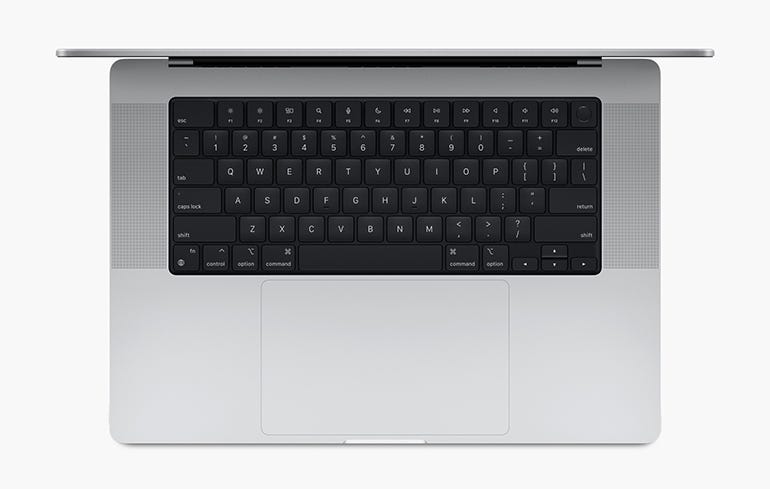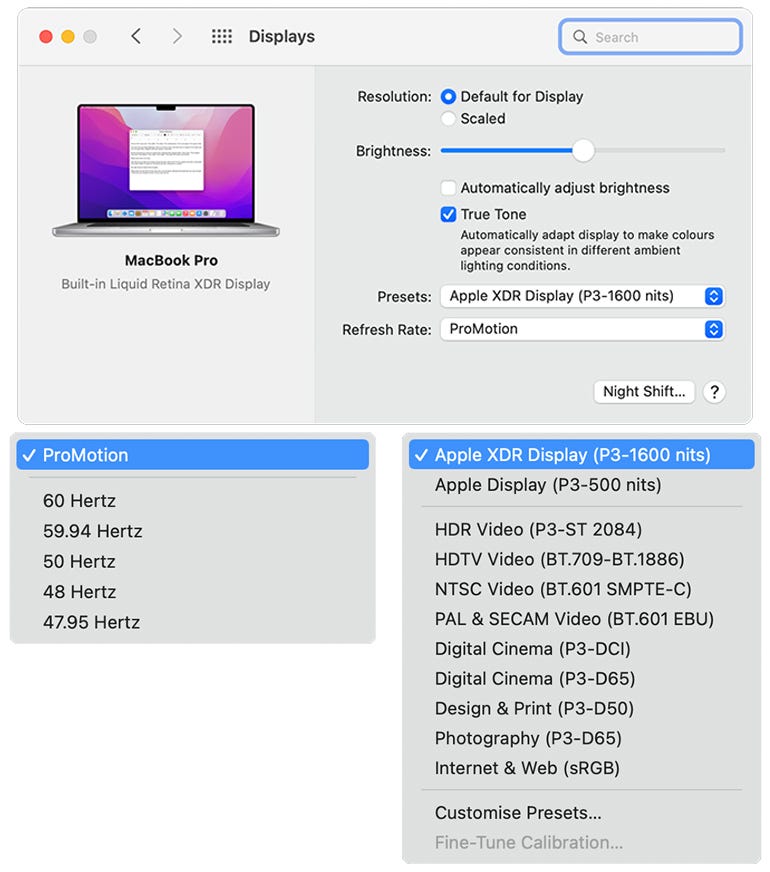Apple’s decision to abandon Intel processors and move the Mac platform to its home-grown Apple Silicon was greeted with some concern by many Mac users — concern that was allayed by the first generation of Macs using Apple’s M1 chip, which combined strong performance and impressive battery life.
However, it was clear that those first-generation M1 Macs, launched in late 2020, were aimed at mainstream users, and Apple continued to sell Intel-based MacBook Pro and Mac Pro models for its more demanding professional users. The arrival of the second wave of M1 Macs is, therefore, a crucial challenge for Apple, as it needs to prove that its new M1 Pro and M1 Max chips can deliver the performance that its professional users require.
It’s a challenge that Apple seems to have relished, as the new 16-inch MacBook Pro provides an impressive — if expensive — upgrade for existing owners.
M1 Max Design & features
At first glance, the new MacBook Pro doesn’t look dramatically different from its Intel-based predecessor, which was last updated in late 2019. However, closer examination reveals some significant differences, starting with Apple’s decision to abandon the unloved Touch Bar. This has been replaced by a more traditional row of physical function keys (now there’s innovation for you), including a much larger Escape key, which is a welcome detail. The entire keyboard has also been updated, with “mechanical keys that pro users love” and which do, thankfully, travel well and feel firm when typing.

Another detail, which hasn’t been much commented upon, is the slight increase in screen size for the Liquid Retina Display, which means that, to be precise, this is actually the 16.2-inch MacBook Pro. This does means that the new MacBook Pro is slightly larger and heavier, measuring 16.8mm thick, 355mm wide and 248mm deep (0.66in. x 14.01in. x 9.77in.), and weighing either 2.1kg (4.7lbs) with the M1 Pro chip, or 2.2kg (4.8lbs) for the M1 Max version reviewed here. That compares with 16.2mm thick, 350mm wide and 246mm deep, and a weight of 2.0kg for the Intel-based 2019 model (0.64in. x 13.78in. x 9.68in., 4.4lbs).
Even so, that’s still a good weight for such a large laptop, and many professional users will welcome the new Liquid Retina XDR Display and its increase in resolution from 3072 by 1920 (226ppi) to 3456 by 2234 (254ppi). The display also supports XDR with 1000 nits sustained brightness (peak brightness of 1600 nits), a 1,000,000:1 contrast ratio and Apple’s ProMotion feature, which allows the refresh rate to vary dynamically between 47.95Hz and 120Hz depending on the content being displayed.


